Photography
Rising photographers with a lot more going for them then just beginners' luck
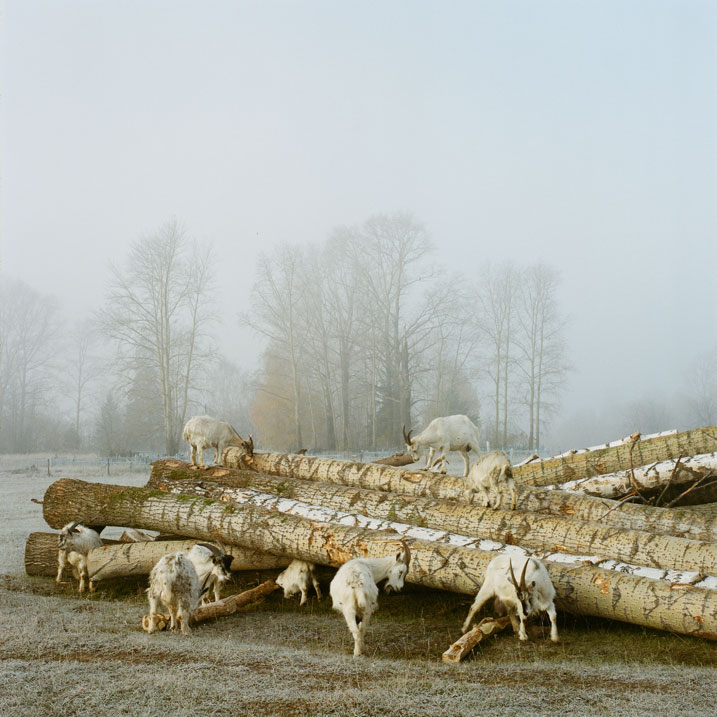
Fledgling photographers and imagemakers are ready to bring the world into a whole new focus
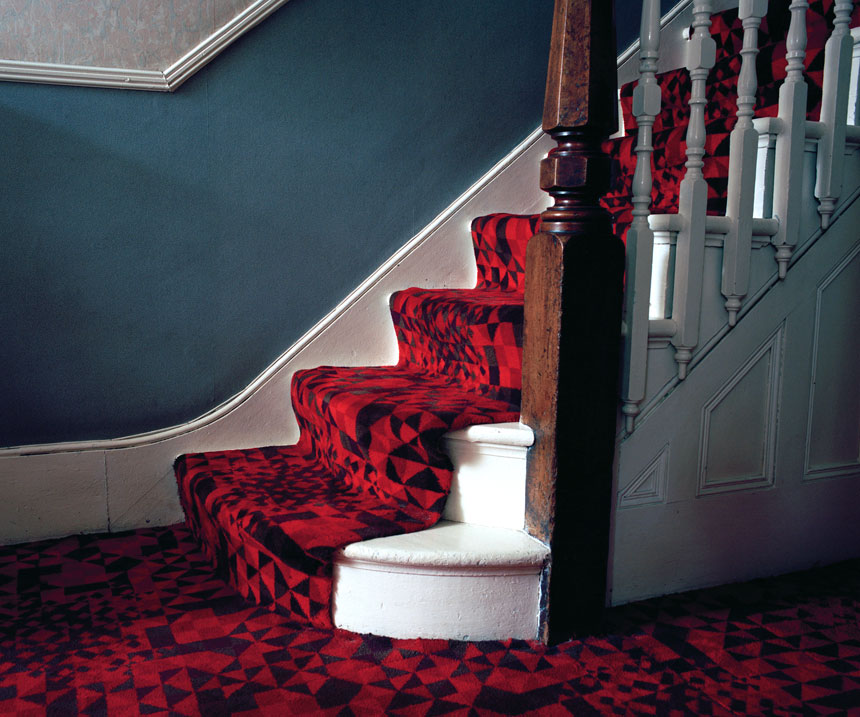
Katy Dillon’s series Within Four Walls was inspired by Cold War public service information offering advice on civil defence. ‘The most bizarre guidance claimed that a neat and tidy home would be more likely to survive a nuclear bomb,’ she says. ‘That emphasis on visually enhancing domestic space as a means of survival is the focus of this project.’ www.katydillon.com
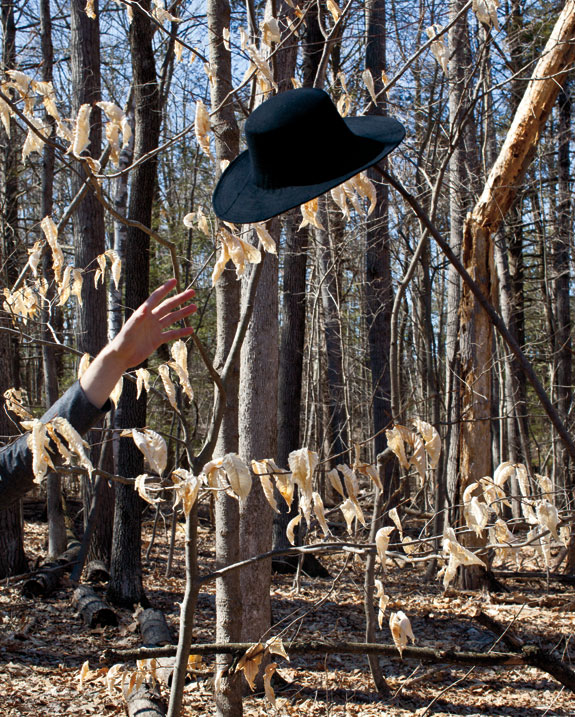
While at Parsons, fashion photographer Matthew Shrier secured work as a photographer’s assistant for the likes of Saks Fifth Avenue and Elle. This image from his series Spring was part of a fashion shoot of fellow Parsons student Gamu Moyo’s Amish-inspired menswear collection – hence the big black hat. www.matthewshrier.com
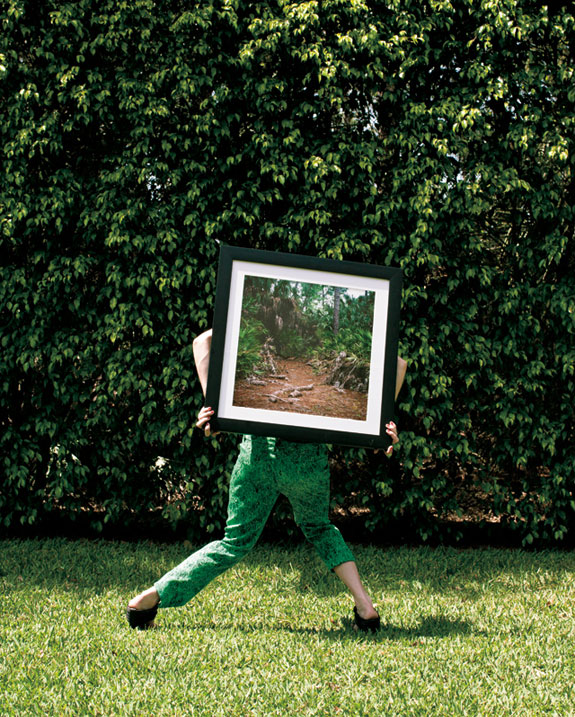
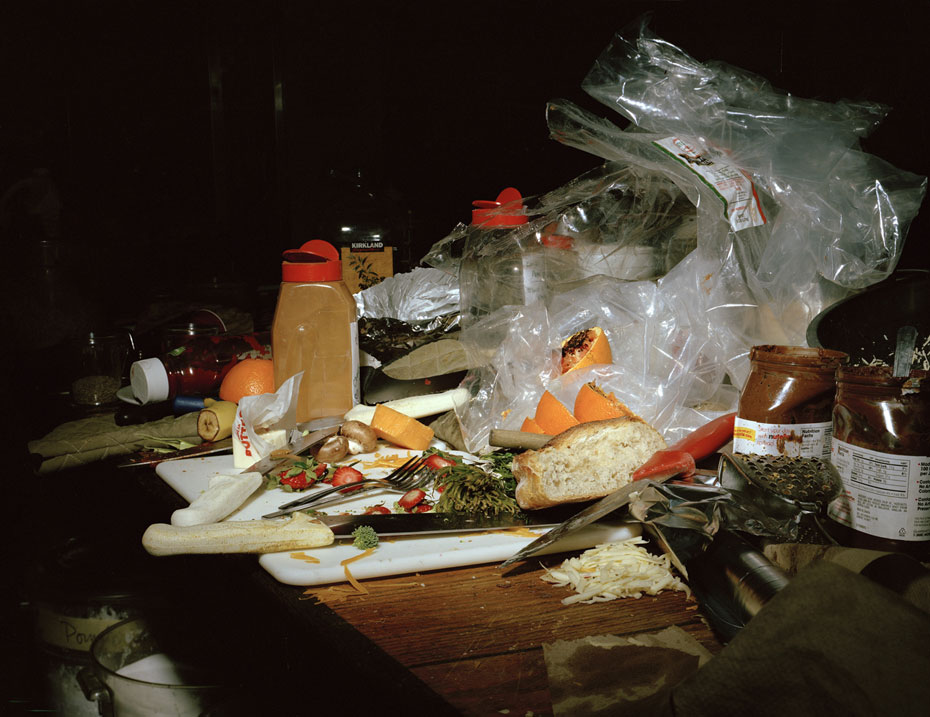
Pauline Miserez’s The Geography of Nowhere series captures something essential about her subjects in the stuff that surrounds them. Of this shot taken in the California home of Dashiell Miller, she says, ‘When I met him I felt he might be somehow lost. Through the mess and colours of the kitchen, I tried to capture some of my observations.’ www.paulinemiserez.ch
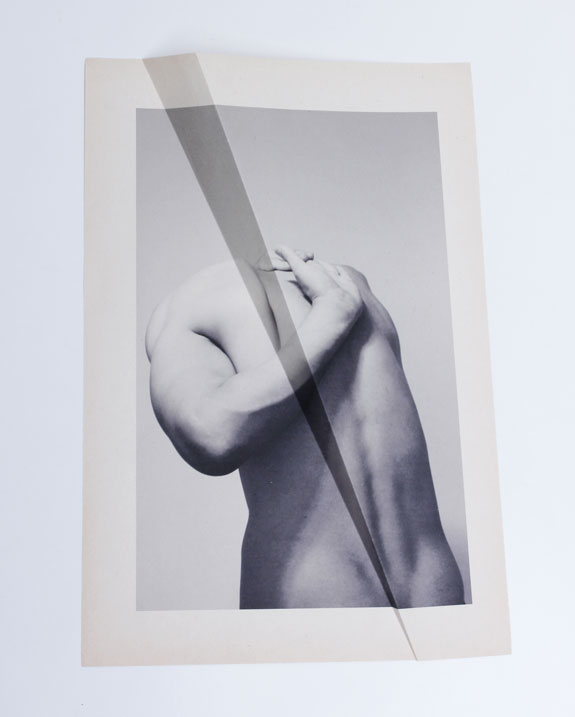
Marinka Zsuzsanna Alexandrovna will paint over photographs, scratch them and use unorthodox techniques to change textures and insert or remove layers. ‘With my series Mindless Bodies (pictured), the aim was to elaborate on the image of the body, as I became captivated by its versatility.’ alexandrovnapics.blogspot.hu
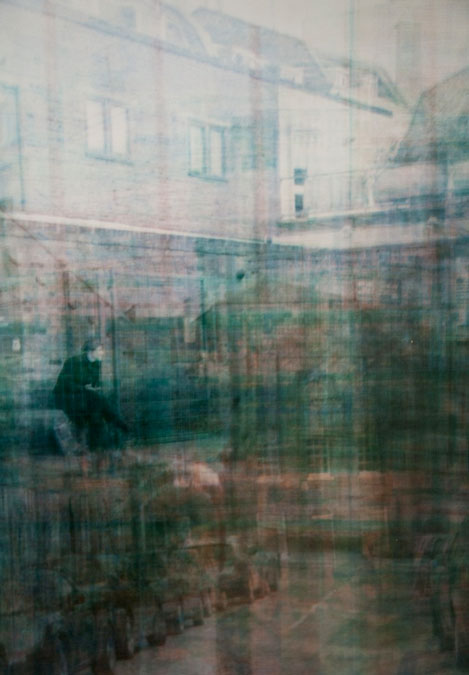
Hui Song's work draws on Chinese shan shui ink-painting - literally 'mountains and water' - and lends it a contemporary sociological reading. 'My images visualise the ideological context within the urban landscape,' he says. He is also influenced by Walter Benjamin's notion of the flâneur, as a kind of urban investigator or social observer. 'I've used [Benjamin's concept] as my method of observation. And because the work is 5m long, you're also a flâneur when you experience it.' www.simonsongh.com
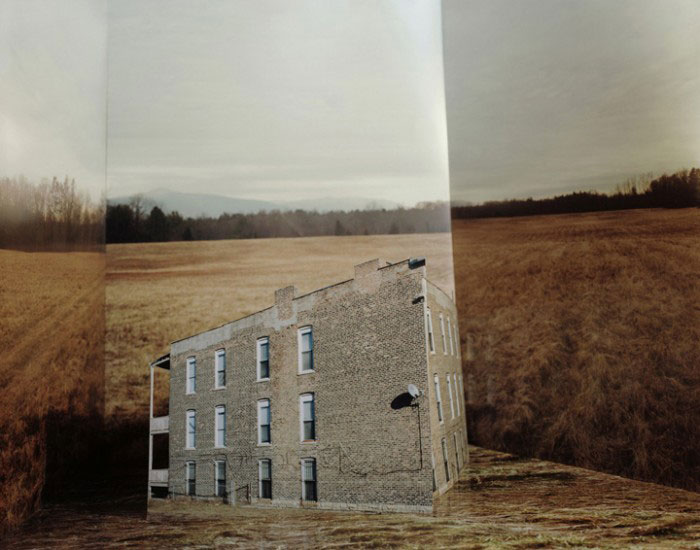
Kate Stone says she works within self-imposed parameters, so her images can deconstruct space and rearrange it. 'The resulting compositions rest at the intersection of logic and nonsense, order and disorder, control and chaos, transforming architecture into something almost unrecognisable,' she says. 'They combine the abstract and everyday and attempt to redefine them, but like a word repeated over and over they sever context and meaning, elevating form and material.' www.katestone.net
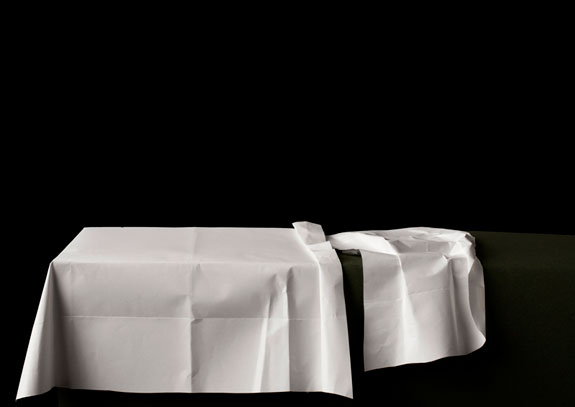
In her series Heda, Lonneke de Groot examines the transformation of everyday space into photography, making the act of looking at the place we live a conscious one. 'In my photographs reality is manually manipulated, from small interventions in existing places to totally constructed environments,' she says. Often she uses existing visuals as a departure point. www.lonnekedegroot.nl
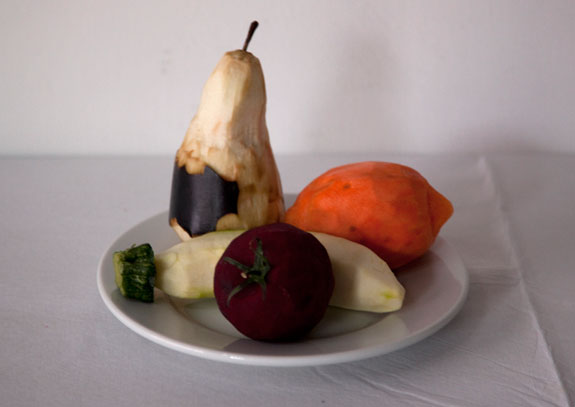
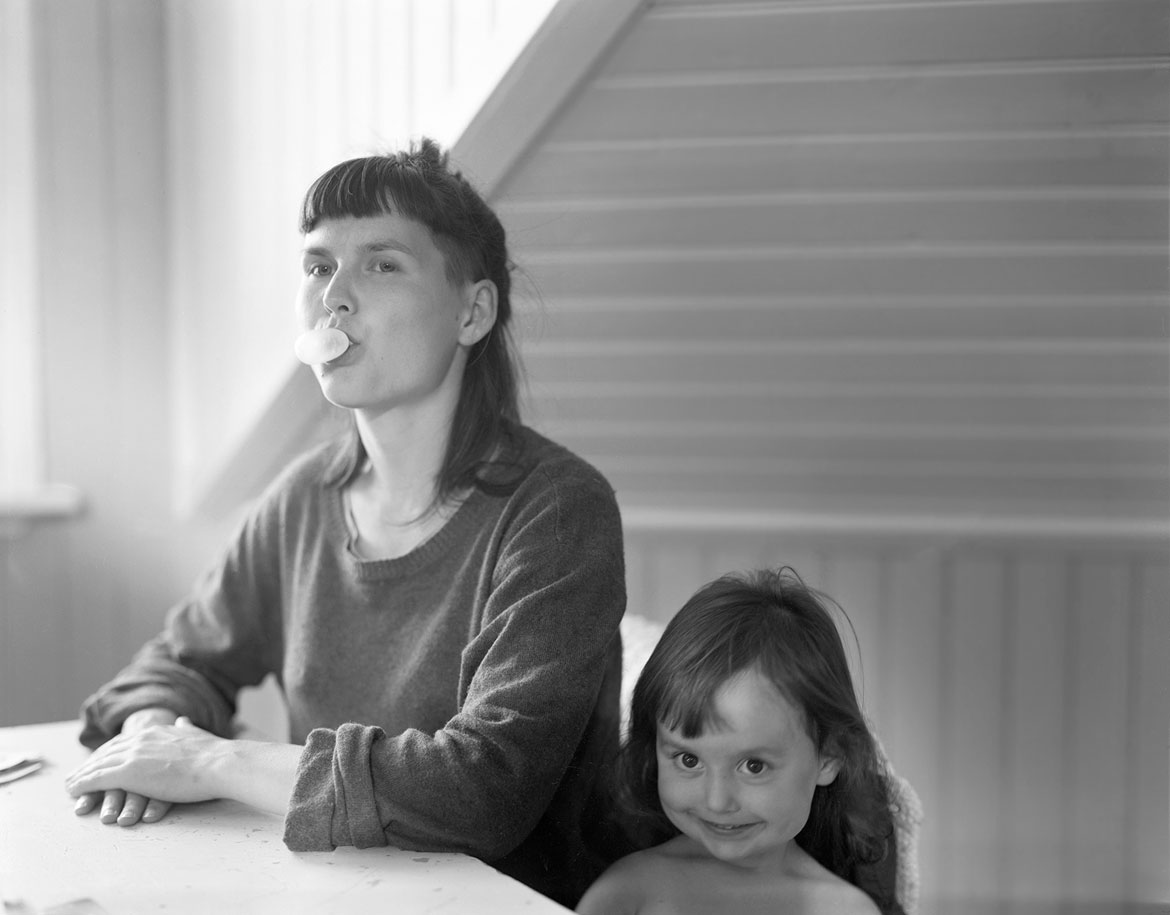
The ongoing body of work by Scott Alario, called What We Conjure, is an autobiographical story and contemporary folk tale starring his partner, four-year-old child and dog. 'Using an 8x10 camera connects me directly to the history of photography and, specifically, to a history of the family photograph,' he says. 'It's a process I've come to love regardless of how counter-intuitive it may seem amid today's technology.' www.scottalario.com
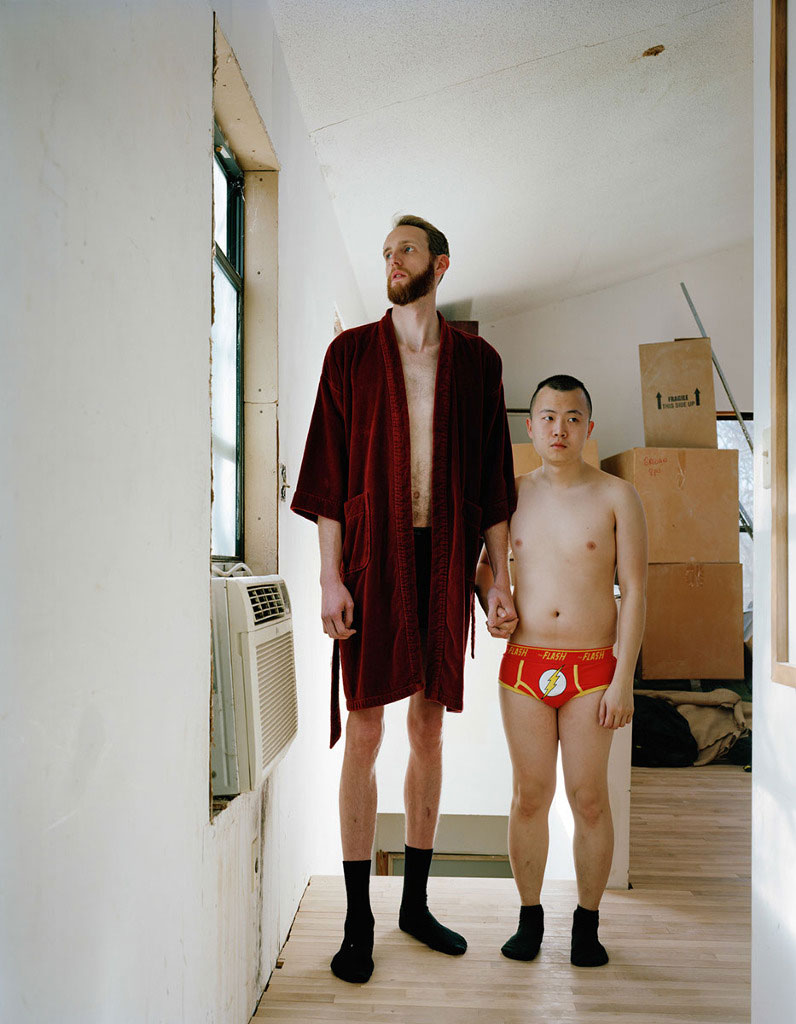
Tommy Kha's self-portraits question the notion of the artist as protagonist, while examining what he describes as his 'otherness'. 'Using race, regional identity and sexuality, I reexamine my various roles within my work and subvert the idea of the artist as protagonist by inviting others to share the frame with me, allowing others to be the protagonist.' www.tommykha.com
Wallpaper* Newsletter
Receive our daily digest of inspiration, escapism and design stories from around the world direct to your inbox.
Harriet Lloyd-Smith was the Arts Editor of Wallpaper*, responsible for the art pages across digital and print, including profiles, exhibition reviews, and contemporary art collaborations. She started at Wallpaper* in 2017 and has written for leading contemporary art publications, auction houses and arts charities, and lectured on review writing and art journalism. When she’s not writing about art, she’s making her own.
-
 All-In is the Paris-based label making full-force fashion for main character dressing
All-In is the Paris-based label making full-force fashion for main character dressingPart of our monthly Uprising series, Wallpaper* meets Benjamin Barron and Bror August Vestbø of All-In, the LVMH Prize-nominated label which bases its collections on a riotous cast of characters – real and imagined
By Orla Brennan
-
 Maserati joins forces with Giorgetti for a turbo-charged relationship
Maserati joins forces with Giorgetti for a turbo-charged relationshipAnnouncing their marriage during Milan Design Week, the brands unveiled a collection, a car and a long term commitment
By Hugo Macdonald
-
 Through an innovative new training program, Poltrona Frau aims to safeguard Italian craft
Through an innovative new training program, Poltrona Frau aims to safeguard Italian craftThe heritage furniture manufacturer is training a new generation of leather artisans
By Cristina Kiran Piotti